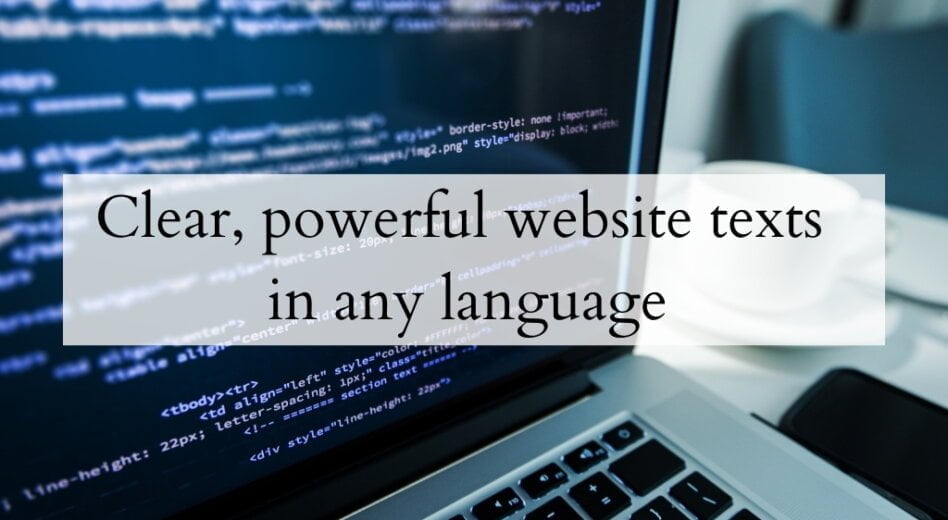So many elements contribute to an effective website that we might lose track of the power of words. Too many words can be a turnoff and an obstacle. But the well-chosen phrase, carefully placed prompt, and vivid product description are words worth every pixel they occupy on your customer’s screen.
Websites are complex creations. Website localization by a global Language Service Provider (LSP) includes cultural adaptation, URL strategy, platform and software choices, graphics and multimedia integration, content decisions, and language translation. It’s worth remembering that the website’s language translation is an element that you, as the LSP client, can have a vital role in. What follows are some points to consider as you and your translator create new text for your target country websites.
1. Examine your website text to determine where translation is necessary. Don’t include text just because it’s part of your original marketing. Some references, such as regional information, may need to be deleted without replacement.
2. If you wish to include a blog or active Q & A page, you must be sure that you have the resources to regularly translate changing content into your international website languages. If you don’t, then don’t plan on including such features.
3. What are the SEO words you need to emphasize in your target language? SEO is helpful for searches in any country, but straight translation of the source language SEO words may not be effective. Find out how people are phrasing their searches in their languages.
4. Most people scan web pages for bits of information. Studies have shown that people don’t read web pages in the way they do long passages of text such as magazine articles – their eyes move around in search of clear words, phrases, other data, and images.
5. With this in mind, use strategically placed highlighted keywords, hypertext links, and variations in typeface and color.
6. Opt for bulleted lists instead of large blocks of text.
7. Develop just one idea per paragraph.
8. Sub-headings are eye-catching – use them to impart information.
9. Lead with the “conclusion,” or the facts you are most urgent to convey.
10. Condense text to half (or less) of the amount you find in conventional marketing materials.
11. Build credibility in multiple ways. Website visitors aren’t acquainted with the actual people behind a website, so you must work to increase their trust. Use high-quality graphics, good writing, and hypertext links to supportive, unaffiliated information and websites. Avoid exaggerated marketing lingo and self-praise – potential customers don’t trust it.
12. Make sure every website option is perfectly translated and extremely easy to see. Points of choice where your website viewers have options should all appear at logical website locations, in familiar phrasing, with high visibility. Examples of this are the user’s website language selection, product variations, links to extra information, purchase buttons, and payment and shipping options.
It’s possible to create a beautiful, functional website that has so much text it bogs down your potential customers’ search for basic information. This can become even more of a risk when translating your website for international markets. Save customers that frustration and win their trust with tight, clear messaging that carries them into direct connection with your products.
J. V. McShulskis
